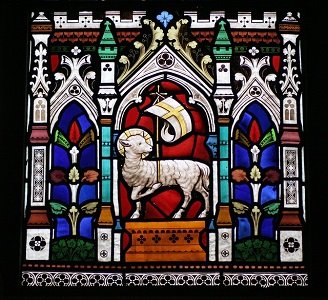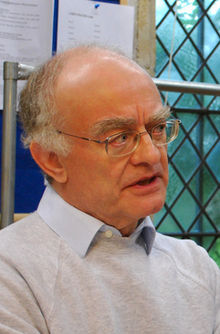 To begin with this week I’m bringing back some material that I wrote two years ago about the Mozart Requiem. Hey, we’re all in favor of recycling, aren’t we? I was struck by Rutter’s choice to put two sheep- or lamb-related sections together; the “Agnus Dei” from the Latin Mass and Psalm 23 as it is worded in the Book of Common Prayer.
To begin with this week I’m bringing back some material that I wrote two years ago about the Mozart Requiem. Hey, we’re all in favor of recycling, aren’t we? I was struck by Rutter’s choice to put two sheep- or lamb-related sections together; the “Agnus Dei” from the Latin Mass and Psalm 23 as it is worded in the Book of Common Prayer.
So here’s what I wrote about the “Agnus Dei” back then:
Agnus Dei, qui tollis peccata mundi-–
“Lamb of God, who takes away the sins of the world”

 And the answer is: an arch. We all know about Roman arches, don’t we? The architectural point, which ties in with the musical point, is that there are matching stones on each side of the arch, each one bending closer and closer to the center, with the top stone, the one that holds it all in place, called the “key stone.” Without that center stone that whole thing collapses.
And the answer is: an arch. We all know about Roman arches, don’t we? The architectural point, which ties in with the musical point, is that there are matching stones on each side of the arch, each one bending closer and closer to the center, with the top stone, the one that holds it all in place, called the “key stone.” Without that center stone that whole thing collapses. Talk about a wealth of material! I’m going to talk about John Rutter himself and his writing of our piece and then branch out into the meaning of the text in a couple of followup ones. I’d encourage you to follow the link at the end to some earlier material (including some words from the great man himself via Facebook) that I wrote when we sang the Gloria.
Talk about a wealth of material! I’m going to talk about John Rutter himself and his writing of our piece and then branch out into the meaning of the text in a couple of followup ones. I’d encourage you to follow the link at the end to some earlier material (including some words from the great man himself via Facebook) that I wrote when we sang the Gloria.